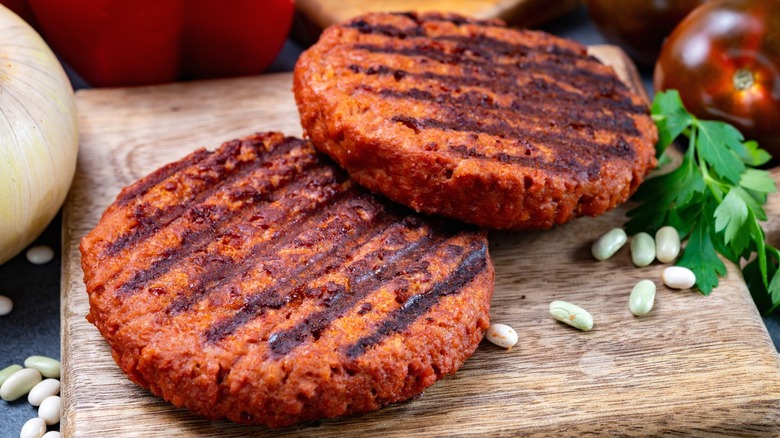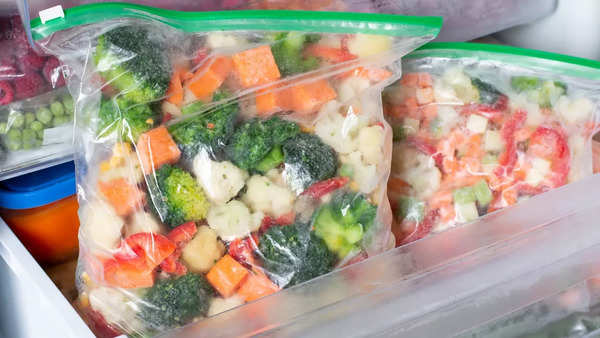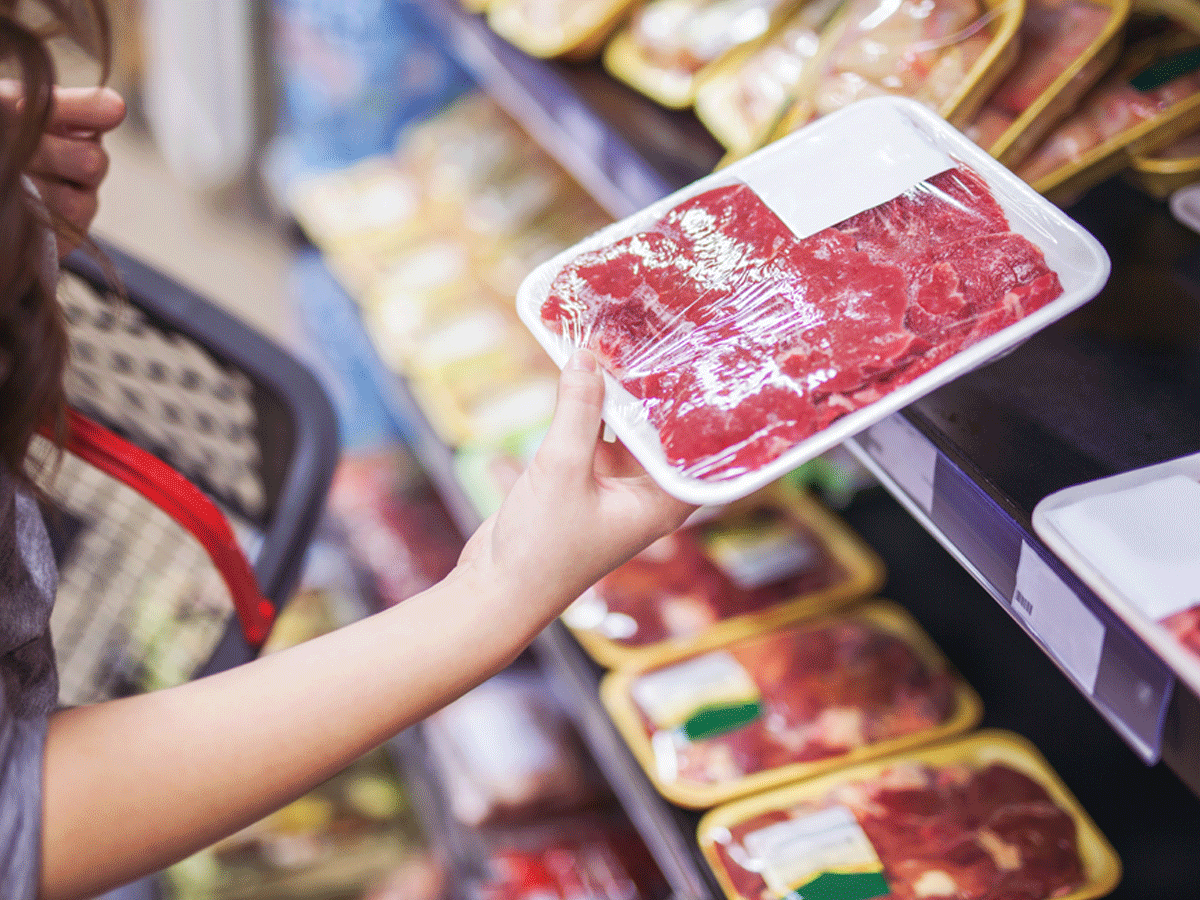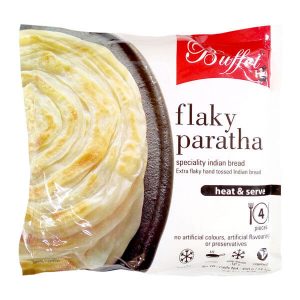- When you hear “frozen food,” what comes to mind? For many, it’s a quick meal or a less healthy option. But the reality of IQF — Individually Quick Frozen — foods is far more impressive and often misunderstood. IQF technology is a game-changer in the food industry, helping keep food fresh, tasty, and nutritious for much longer than traditional freezing methods.
- In this blog, we’ll bust common myths around IQF frozen foods, reveal the facts, and explore some exciting trends shaping this growing industry. Plus, we’ll take a peek at what the future holds and just how big the IQF market is today.
Myth 1: Frozen Food Is Nutritiously Inferior to Fresh Food
Fact: IQF frozen foods can actually retain more nutrients than fresh food you buy at the supermarket.
- Here’s why: Fresh fruits and vegetables start losing vitamins and minerals soon after harvesting. They get exposed to light, heat, and oxygen while being transported and displayed in stores, causing nutrient loss. IQF freezes food very quickly at extremely low temperatures, locking nutrients in right after harvest. This means, especially when fresh produce has been sitting for days, IQF frozen can be more nutritious.
Transition: Understanding nutrition is just the first step; texture and taste play a big role too.
Myth 2: Frozen Foods Are All Clumped Together and Soggy
Fact: IQF technology freezes each piece of food separately, so you get perfect texture and easy portion control.
- Unlike traditional freezing, where chunks stick together, IQF flash-freezes items individually. This prevents clumping, making it easy to take out exactly what you need without thawing the whole package. The texture stays firm and fresh after cooking, which means no mushy vegetables or icy clumps.
Transition: Texture and nutrition are important, but what about food safety and additives?
Myth 3: Frozen Foods Have Lots of Preservatives and Additives
Fact: Freezing acts as a natural preservative, so many IQF foods don’t need added chemicals.
- Because freezing slows or stops bacteria and mold growth, preservatives aren’t necessary for IQF products. Most IQF fruits, veggies, seafood, and meats are pure and fresh — no added preservatives, colorings, or artificial flavors. This makes them a great option for clean eating.
Transition: Now, beyond these myths and facts, you might wonder — how big is the IQF industry really?
Myth 4: Frozen Foods Are Only Cheap, Low-Quality Options
Fact: Many premium brands and top chefs use IQF ingredients to create gourmet-quality dishes.
- Thanks to its superior preservation of texture and flavor, IQF is now embraced in fine dining and premium food products. This technology allows restaurants and food brands to maintain consistency, freshness, and quality no matter where their customers are.
How Big is the IQF Market?
- The IQF market is booming. In 2024, the global IQF frozen food market was valued at over $30 billion and is expected to keep growing fast. Demand is driven by busy lifestyles, the rise of frozen food e-commerce, and the growing awareness of sustainability and food waste reduction.
Consumers are choosing IQF products because they combine convenience, quality, and health. The market covers a wide range of foods including:
-
Fruits and vegetables
-
Seafood and meat
-
Ready-to-eat meals
-
Plant-based protein products
Transition: And it’s not just size — the industry is evolving quickly. Let’s explore some current trends.
Current Trends Shaping the IQF Industry


1. Plant-Based Boom:
With more people going vegetarian or vegan, IQF vegetables, fruits, and plant-based proteins have gained massive popularity. They offer a quick, healthy option without sacrificing taste or quality.
2. Sustainable Packaging:
Packaging waste is a hot topic. Many IQF producers are experimenting with biodegradable or recyclable packaging materials to reduce environmental impact.
3. Rise of E-commerce:
Online grocery shopping for frozen foods has surged. IQF products ship well and offer convenience, making them favorites for digital shoppers.
4. Specialty and Exotic Foods:
The IQF industry is no longer just about common fruits and veggies. You’ll find tropical fruits, gourmet mushrooms, and exotic seafood frozen with IQF tech, opening new markets and culinary possibilities.
Transition: So, what’s on the horizon for IQF foods? Let’s take a look at the future.
The Future of IQF Frozen Foods
- The future of IQF is bright and full of innovation. Technology like AI and robotics is already improving freezing efficiency and quality control. This means fewer mistakes, less waste, and consistently better products.
We can also expect:
-
More automation on production lines to keep costs down and speed up supply.
-
New freezing technologies that reduce energy use, making IQF greener and more sustainable.
-
Expansion into ready-to-eat and gourmet frozen meals that don’t compromise on freshness or flavor.
-
Customization and smart packaging with QR codes or apps to track freshness and cooking tips.
As consumers continue prioritizing health, convenience, and sustainability, IQF foods will become a mainstay in kitchens worldwide.
Final Thoughts
- IQF frozen foods deserve a fresh look. They deliver on nutrition, texture, safety, and sustainability. The market is growing fast, innovations are accelerating, and consumer trust is rising as more people discover the truth behind frozen foods.
- Next time you’re shopping, don’t hesitate to pick up some IQF fruits, veggies, or seafood — they might just be the best fresh choice you make today.
Our Expertise:-
Alliance Food Engineering Consultant Pvt Ltd. Supply cutting-edge food processing machinery for clients across India.
-
We also offer complete turnkey solutions by setting up an entire plant from scratch to end while handling every aspect of food production to make your process smoother and more efficient.
-
Mail us: [email protected]
-
Website: www.aecengg.com
-
To buy Food Processing machinery : https://allianceslice.com/
-
Call Us: +91 9157769448
-







